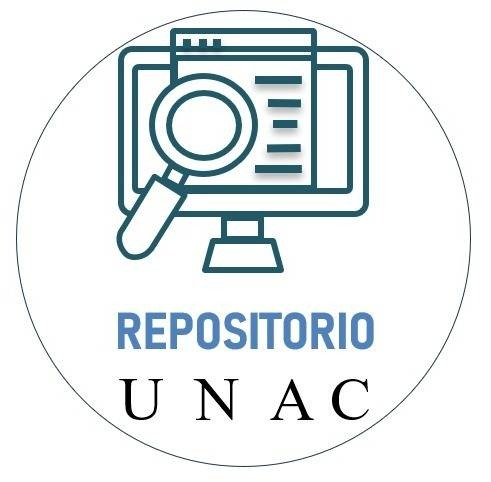Obtención de agua potable a partir de agua clase III

Ver/
Descargar
(application/pdf: 2.017Mb)
(application/pdf: 2.017Mb)
Fecha
2012Autor(es)
Vallejos Namó, Fabrizzio Fabián
Metadatos
Mostrar el registro completo del ítemResumen
Basa su desarrollo en la problemática ambiental debida a la escasez de la fuente natural para generar agua potable, esto nos ha permitido demostrar que una fuente de agua potable puede ser el agua de Clase II obtenida a partir del efluente doméstico. Para lograr aplicar el tratamiento físico-químico antes planteado hicimos uso de un tanque de homogeneización para el agua de clase III, como coagulante usamos el sulfato de aluminio tipo A, se hizo uso de un mezclador rápido, se reusó un tanque de volumen aproximado de 400 L., que consta de tres subdivisiones en las cuales pudimos realizar la floculación, sedimentación y trasvase del agua tratada respectivamente, dicha agua en teoría no debe tener flocs pero la realidad en este caso es distinta por lo cual procedimos a trasvasar el agua a un filtro vertical rápido de arena de cuarzo y luego a otro de carbón activado, posterior a este tratamiento aplicamos la dosis de cloro residual como lo exige la normatividad vigente. The present thesis, entitled: obtaining drinking water from water class III, based its development on the environmental problem which is the scarcity of drinking water, this has enabled us demonstrate that a drinking water source may be water from cfass m obtained from the domestic effluent, which became our general objective, to then ask specific objectives; determine the quality of the water of class 111,
determine the dosage optimum coagulant and evaluate pilot level drinking water quality standards. Which was achieved to consider us as a general hypothesis: "treatment physical - chemical coagulation, flocculation, sedimentation, filtration and disinfection, will allow purify water of class III". To demonstrate the research hypothesis, there was the need to use the pilot plant installed in the garden of the FIARN - UNAC, pilot unit that was built during the subjects of "Design of treatment plants" and "lnstrumentation and process Control",
which was attended by fellow students under the direction and Supervision of the Adviser of the present thesis to implement physical treatment - chemical posed before we made use of a tank of homogenization for class III water, how coagulant we use aluminum sulfate type A, made use of a fast mixer, produced a volume of
approximately 400 L tank;lt consists of three subdivisions in which we were able to make flocculation, sedimentation and transfer of the water treated respectively, such water in theory should not have flocs but the reality in this case is different so we proceeded to transfer water to a vertical filter fast quartz sand and then to another carbon activated, after this treatment we apply the dose of residual
chlorine that standard requires it. Ouring the assessment tests, worked with a flow rate of 200 Uday treatment, on the floor of purification, for a dose of 2.5 mg/L of aluminum sulfate, dose of 3 mgll disinfection pre and final dose of 0.4 mg/L of sodium hypochlorite disinfection.
While the results for the case of characteristics physical chemical and biological were found within the limits established by Supreme Decree D.S. N o 003-2010- MINAM, as it is the case of the 8005, pH, turbidity, dissolved oxygen, conductivity, and fecal coliforms.
Palabras clave
Colecciones
- Título Profesional [319]


